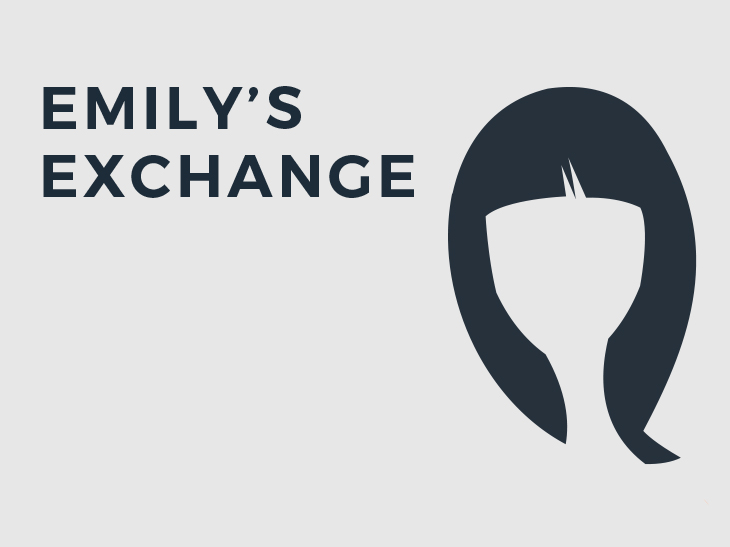One of the most important trends currently being witnessed in the wealth management industry is the rotation from active management to passive funds.
Fed up with underperformance, expensive fees and a lack of transparency, investors are turning to passive investments as an alternative to the status quo.
It’s not a new debate, but the questions around cost, performance and transparency just aren’t going away – and rightly so. In fact, it’s expected that 2017 will see the most money flood into passive investing¹.
Active management vs passive funds
The active versus passive debate is a passionate one, but why?
Traditionally, an active fund manager looks to outperform the market and commands higher management fees for the trouble.
On the other hand, a passive fund manager looks to replicate the performance of the market or investment – often through products like exchange traded funds. Passive funds traditionally have lower management fees attached to them.
The problem is, a lot of active funds don’t consistently outperform particularly after fees, which makes their high fees, well, a bit hard to justify.
Research from S&P Dow Jones Indices shows that a whopping two thirds of large-cap active fund managers failed to beat the S&P 500 index in 2016. At look at the smaller managers was even more worrying, with nearly 90% of mid-cap and 86% of small-cap fund managers missing the mark, respectively.
Granted, it’s probably unrealistic to expect a fund manager to outperform every year, but a look at longer time periods still showed that the majority of fund managers failed to outperform over one, three, five, 10 and 15 years.
Not only might investors be failing to offset the impact of inflation or grow their money to achieve their goals, but they’re still having to pay for it. Now, if I went for out for dinner with my family and was given poor service, I would question the bill and most definitely refuse the service charge.
How are active fund managers reacting?
Active fund managers are now feeling the heat and Fidelity has become the latest to show its hand in the active/passive duel, in a bid to rebuild trust.
Following in Allianz and AllianceBernstein footsteps, Fidelity has overhauled its pricing structure by introducing so-called “fulcrum fees” on some of its mutual funds. Moving away from its flat fee model, investors will pay more if the fund outperforms. If it falls short, they’ll pay less – simple as that.
Fidelity hasn’t specified what the minimum and maximum limits will be yet, but the model will be calculated on a rolling three-year period and fees won’t be charged for the initial year after adoption.
It’s a bold move that could, if industry trends continue, create volatility in the earnings from asset managers – although it could bring a bit of excitement back into the active management space. Smaller asset managers could also struggle, especially against bigger firms that could benefit from a diverse range of products, inlcuding passive.
As investors will only pay active management fees when their fund manager delivers, this fee structure should will drive greater transparency in the industry. It should also encourage fund managers to take on more risk and reduce the number of so-called “closet-indexers” – manages who charge an active fee for what is basically passive exposure.
Investors shouldn’t be paying inflated prices for something they could get cheaper elsewhere. It’s just not fair and creates an environment of suspicion that the industry needs to work hard to eradicate.
Helping investors achieve their goals
Let’s get this clear; I’m not against active fund management as a concept. If investors can get returns that outperform the market, they can achieve their financial goals quicker – what could be better than that?
But fund managers interests could be better aligned with those of their investors. If you outperform, you’ve delivered your service and earned your fee.
The current savings environment is a challenging one. We’re living longer but saving less. The value of the money we do build up in cash savings accounts is being eroded by inflation. We need to encourage Brits to make their money work harder to achieve their life goals. The first step is to provide a clear, transparent and fair platform to do so.
1 2017 Will See The Most Money Shift To Passive Investing, Due Largely To Fees





